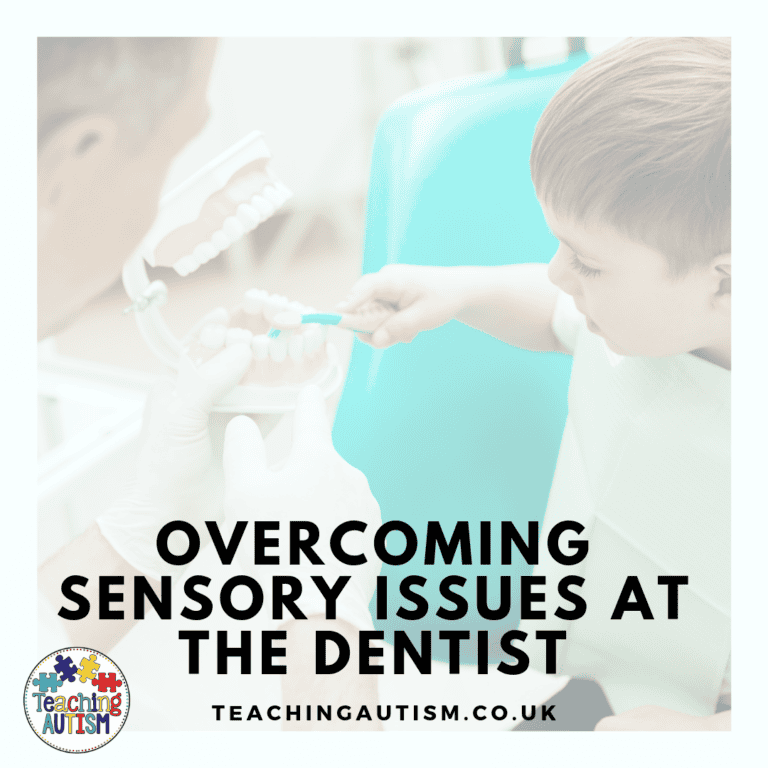Autism Quiet Hour
‘Quiet hours’ are being announced all over the UK now, with stores helping to provide adapted experiences for individuals with autism, making shopping that little bit less stressful and overwhelming for them. Each year, it’s wonderful to see those around us becoming more aware about autism, and although it may seem like smalls at times – at least we are taking those small steps in the right direction.
Most shops, although not all, have started to follow each other and take part in quiet hours. These include dimming off the lights, reduced music noise, reduced noise on the tills. And although these may seem like small changes to people who have no experience of autism, to those individuals who do have autism, these changes are massive and can help to change lives.
Shopping is one of the most stressful activities to do with individuals with autism- trust me, we do it on a regular basis. One of the hardest parts, are many of our individuals that we work with are non verbal and so we often have to try and work out what it is around us that is causing the meltdown. And, in a store, this is almost impossible, because there are just so many possible triggers, such as;
- The lights
- The music
- Business – personal space
- Noise on the tills
- Smells
And that’s just some off the top of my head. If we all sat down together and thought about it, we could probably come up with a huge list of possible triggers.
To find out if anywhere local to you are taking part in ‘quiet hours’ or ‘autism hours’ give them a call or look on their local social media pages to see if anything is being advertised. Your local NAS may also have information on local stores taking part in these autism hours.
There’s also lots of other ways that you can plan for shopping trips such as;
- Visual supports – timeline, ‘First shopping, Then park’ etc.
- Visual shopping list – let your child mark off the items that they pick up while they are shopping.
- Social stories – you can get some great social stories on shopping.
- Play games to prepare the individual for a shopping experience, we love this one.
- Take something that comforts the individual.
- Let them choose a ‘reward’ from the shop – within £ reason – once they have completed the shop.
Most importantly, I would say to build up your time in shops slowly, and over a period of time. If your child is really set on routine, try to keep the shopping to the same day/time each week, if routine is something that you are trying to work on, mix it up a little – maybe an hour or two difference, or a day difference, this is all down to the individual – and you know them best. You can start with taking the individual in with 1 item on their shopping list, then the next time 2 items, then the next time 3 items etc. It may seem like slow progress, but the more you stick to it and work on it, you’ll be surprised how much better your shopping experiences can go.
You can find some great sensory and calming toys here that your child(ren) can take with them to the shops to keep them occupied and feeling safe.






